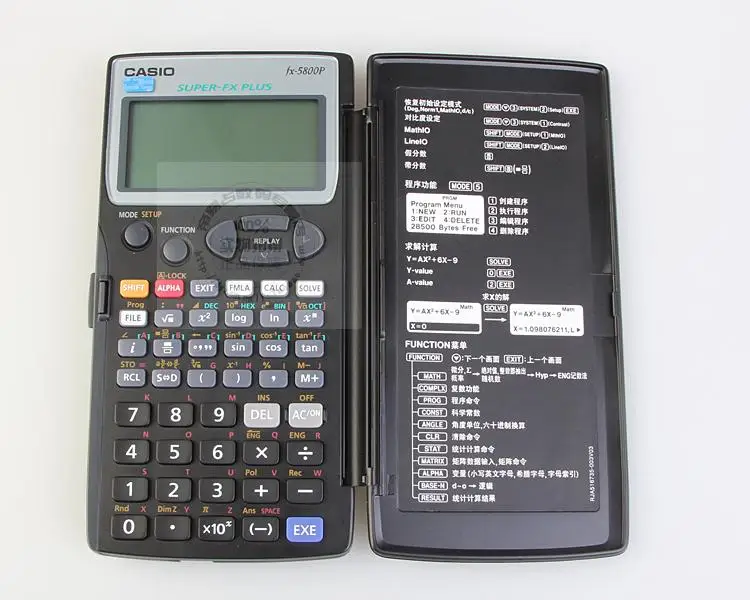


If you need to handle days, you can do a manual conversion. Thus, hours outside the range 0-23 are acceptable. IMPORTANT NOTE: Time Calculator supports hours, minutes, and seconds. Alternatively, you can click directly on the calculator screen to set the selection box. When entering times, the selection box (outlined in red) determines whether you are entering hours, minutes, or seconds.Ĭlick : to advance the selection box. Alternatively, enter to get 3.365, and then enter to get 7.365.The format for displaying times is hours:minutes:seconds (e.g., 2 hours, 30 minutes, and 15.4 seconds is displayed as 2:30:15.4). If a computation results in a positive number less than 0.0000001, or 10 -7, then 0 will be displayed.īelow are some examples of computations using the calculator.Įnter to get 7.365. The clear button must be used to clear the display. For example, the calculation results in ERROR. If a computation results in a number greater than 99,999,999, then ERROR will be displayed. The calculator displays up to eight digits.To clear the display, you must press the clear button Similarly, if you enter then ERROR will be displayed. If you enter the word ERROR will be displayed. Some computations are not defined for real numbers for example, division by zero or taking the square root of a negative number.In addition to parentheses, the on-screen calculator has one memory location and three memory buttons that govern it: memory recall memory clear and memory sum These buttons function as they normally do on most basic calculators.To get this result, the calculator adds 1 and 2, displays a result of 3, then multiplies 3 and 4 and displays a result of 12.) For such calculators, the result of entering is 12. (Note that many basic calculators follow a different convention, whereby they perform multiple operations in the order that they are entered into the calculator. This is how the on-screen calculator in the Quantitative Reasoning measure performs the operations. With respect to order of operations, the value of the expression is 9 because the expression is evaluated by first multiplying 2 and 4 and then by adding 1 to the result. The order is as follows: parentheses, exponentiation (including square roots), multiplications and divisions (from left to right), additions and subtractions (from left to right). Take note that the calculator respects order of operations, which is a mathematical convention that establishes which operations are performed before others in a mathematical expression that has more than one operation.For example, if a question requires you to round your answer or convert your answer to a percent, make sure that you adjust the transferred number accordingly. You should check that the transferred number has the correct form to answer the question. This button will transfer the calculator display to the answer box. The Transfer Display button can be used on Numeric Entry questions with a single answer box.Note all of the calculator's buttons, including Transfer Display. When you use the computer mouse or the keyboard to operate the calculator, take care not to mis-key a number or operation.Guidelines Specific to the On-screen Calculator If you use the calculator, estimate the answer beforehand so you can determine whether the calculator's answer is "in the ballpark." This may help you avoid key-entry errors.Some questions can be answered more quickly by reasoning and estimating than by using the calculator.Avoid using it to introduce decimals if you are asked to give an answer as a fraction.Avoid using it for simple computations that are quicker to do mentally, such as and.Use it for calculations that you know are tedious, such as long division square roots and addition, subtraction or multiplication of numbers that have several digits.Most of the questions don't require difficult computations, so don't use the calculator just because it's available.Here are some general guidelines for calculator use in the Quantitative Reasoning measure: You must use your mathematical knowledge to determine whether the calculator's results are reasonable and how the results can be used to answer a question. For such computations, you can use the calculator provided with your test.Īlthough the calculator can shorten the time it takes to perform computations, keep in mind that the calculator provides results that supplement, but do not replace, your knowledge of mathematics. Sometimes the computations you need to do in order to answer a question in the Quantitative Reasoning measure of the GRE ® General Test are somewhat time-consuming, like long division, or involve square roots.


 0 kommentar(er)
0 kommentar(er)
